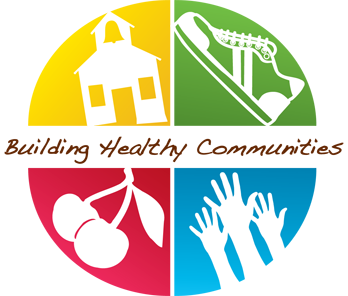An easy way to stay connected with the BHC resources is to follow us on social media where we share lots of new resources regularly!
Quick Links
November Tip Sheet
FRUIT FORWARD
Use these simple shopping tips to help you choose the best options for your family, routine, and budget!
BUYER’S GUIDE:
FRESH:
- Offers incredible taste and variety throughout the year.
- For best flavor and lowest cost, follow the seasons: eat berries in the summer, apples in fall, citrus in the winter.
- Apples and oranges have the best staying power. Keep them in the refrigerator and they’ll stay fresh for weeks.
- For fruits that don’t last long, freeze whatever you won’t eat right away. Larger fruit, like bananas, can be cut into chunks first and then frozen.
FROZEN
- Provides easy, year-round options with minimal prep.
- Stock up on different varieties when they’re on sale. Then just thaw in the fridge overnight, or pop frozen fruit directly into the blender for a smoothie.
- When the weather is hot, keep kids cool with a snack of frozen grapes or berries (making sure the pieces are small enough to avoid choking hazards), or freeze smoothies to make popsicles.
DRIED
- Perfect for convenient and healthy snacks on the go.
- Fruit bars and dried fruit can be ordered online when you want to stock up. When possible, try to avoid those with juices, purees, concentrates, or added sugars.
- Go beyond raisins! Expand your horizons with mango, strawberries, or fig.
- Shelf-stable and easily portable, making them one of the most convenient ways to consume fruit.
- Allergen-free options make safe school snacks.
CANNED
- Has amazing lasting power and requires no refrigeration.
- Canned fruit remains shelf stable for years, so consider buying extra when your favorite variety is on sale.
- To avoid added sugar, look for fruit packed in water or 100% juice rather than syrup.
- Try adding canned fruit to plain yogurt for a refreshing and filling breakfast.
© 2025 Building Healthy Communities. All Rights Reserved
